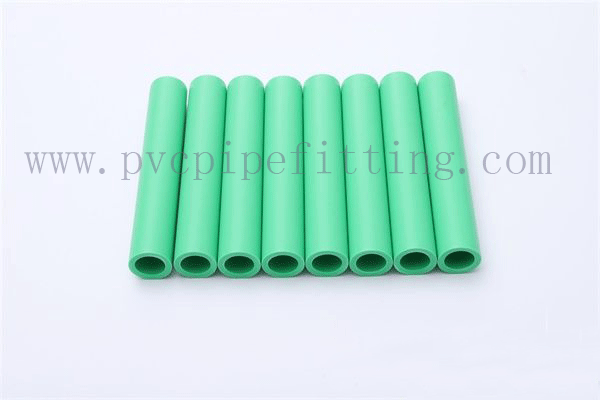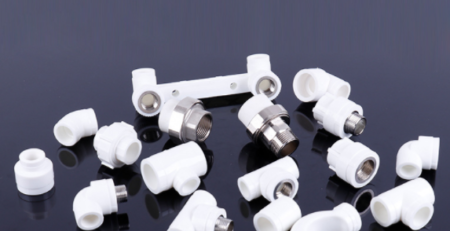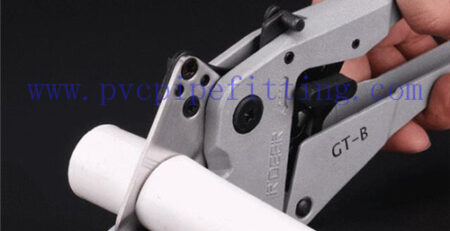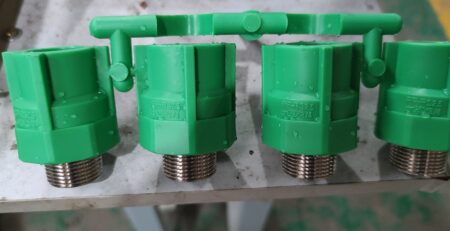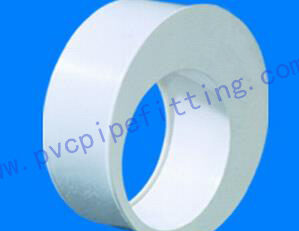Why does the PPR pipe have wall thickness deviation
For those in the non-PPR pipe and pipe fittings industry, it may be considered that the PPR wall thickness is a standard fixed value, but in fact, this is not the case. Regardless of the length, diameter, or wall thickness of the PPR pipe, there are deviations, and this objective deviation is also The china GT/T1874-22002 standard clarifies the permitted existence.
So why is there a deviation in the parameters of the PPR tube? We are a professional manufacturer of PPR pipes and fittings, let me introduce you to three main reasons:
1. PPR polypropylene resin itself has a shrinkage rate, which will affect the parameter value of PPR pipe length, diameter, and wall thickness
2. The stability of the PPR pipe production equipment will also affect the parameter values
3. The linear expansion coefficient of the PPR pipe will also affect the parameters after the PPR pipe is produced.
The diameter of PPR hot and cold water pipes for home improvement generally includes three specifications: D20, D25, and D32. For these three specifications of pipe series products, according to national standards, deviations are allowed within a certain nominal wall thickness range, and the deviation values are as follows:
Nominal wall thickness en Permissible deviation
1.0<en≤2.0 +0.3
2.0<en≤3.0 +0.4
3.0<en≤4.0 +0.5
4.0<en≤5.0 +0.6
5.0<en≤6.0 +0.7
What we need to point out is that the above deviations exist objectively and are determined by objective factors such as physics and production. There will not be big differences due to different PPR brands. Reasonable deviations do not affect the quality. PPR tube users can choose it with confidence.

